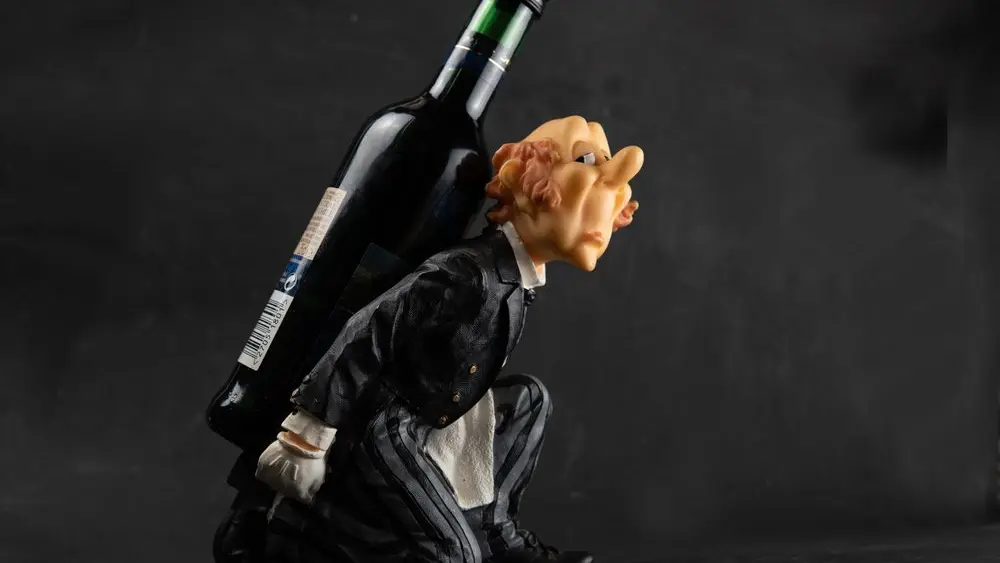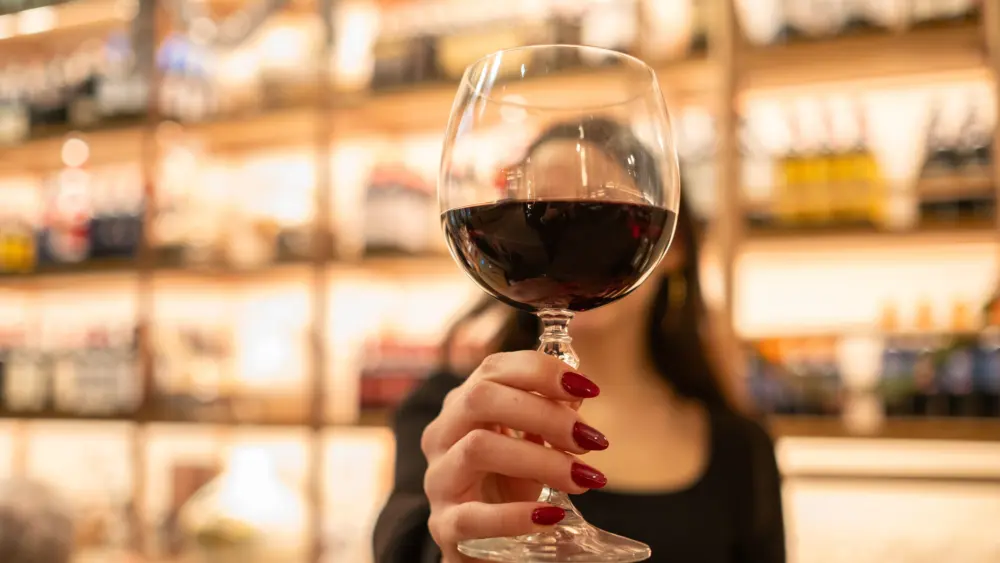[Robert] Parker produced a simple method that provided busy, successful people with the ability to purchase exclusive luxury items that appealed to the American palate.
It appears the economy has recovered from the Great Recession and we may actually be on to the next stock market bubble. This wouldn’t be surprising.
Large stock market trends often begin with periods of frenzied buying (bubbles) and end with frantic selling (crashes). According to the people who study such things, these moments are often the result of “herd behavior,” which is often driven by greed or fear. This phenomenon isn’t well understood, but it has its roots in psychology, including what Sigmund Freud called “crowd psychology” and Carl Jung called “the collective unconscious.” No matter what you call it or from where it stems, the crux of the story seems to be the human herd can be spooked or intrigued by strange and largely unpredictable triggers, which years ago led to the ironic statement that human behavior works in a predictably unpredictable manner.
What does this have to do with wine? Everything.
Take grape prices, for instance. With the Napa average district price per ton of Cabernet Sauvignon grapes reaching almost $6,000 in 2014 and the Sonoma average district price for Pinot Noir currently well above $3,000 per ton, some may wonder if we are in a grape-pricing bubble. To be honest, I don’t know. What I can say is that, on the whole, grape prices trend up. The ride can be bumpy and there are definitely some winners and losers.
Let’s take the story of Cabernet Sauvignon and Merlot in Napa Valley as an example.
Back in the early ’90s the price for Napa Cab and Merlot hovered around $1,500 per ton each for years. At that time, Merlot was receiving press coverage that was nearly as good as Cab’s, and vineyard owners (and many wineries) started betting on Merlot as the future of Napa Valley.
Stratospheric pricing for Napa Cabernet fruit is a relatively recent phenomenon. And although Joe Heitz and many, many others helped push those prices higher in the late ’70s and early ’80s, it’s, arguably, Screaming Eagle Winery and Vineyards and wine reviewer Robert Parker Jr. who ushered in the trend that continues today.
The Screaming Eagle vineyard in Oakville was purchased by Jean Phillips in 1986. For the first few years, she sold her fruit to various wineries, but eventually she hired winemaker Heidi Barrett to produce a little Cabernet Sauvignon for her own label. The first vintage (1992) was released in 1995 for $75 per bottle. That same bottle now sells for more than $10,000.
At about the same time in the mid 1990s, the influential Parker had become a household name. His 100-point rating system for wine had caught hold of the public’s imagination and became the de facto litmus test for buyers looking for high value wines.
Wines had become a way to show both economic vitality and an ability to suss out rare finds. Of course, the wines of France had been known for their aristocratic and economic vitality for centuries, but Parker produced a simple method that provided busy, successful people with the ability to purchase exclusive luxury items that appealed to the American palate. A collector could scan a list of Parker reviews, seek out the 99- and 100-point wines and go after these items like investors chase IPOs.
In the mid-’90s Napa farmers were complaining to wineries that Merlot and Cabernet grape prices stayed flat for years while their costs continued to rise. The wineries were noticing something, too: the price of Cabernet Sauvignon wine was starting to increase in the marketplace slowly but steadily. Wineries largely stayed quiet about this fact to growers, many of them even asking their vineyard sources to lock in long-term contracts for Cabernet Sauvignon grapes at “good prices.”
But in 1995 it hit; the newly released Screaming Eagle got 99 points from Parker, and things were off to the races. Prices for Napa Cabernet Sauvignon grape surged ahead at a fantastic rate, growing from about $1,500 per ton in 1994 to nearly $6,000 per ton in 2014. During the same period, Merlot grape prices only reached $3,000 per ton.
Of course, there were many other factors at play, but was this price surge an example of herd mentality or just the natural evolution of the market? If you ask the farmers who bet on Merlot back in the mid-’90s they likely have a vastly different story from those farmers who planted Cabernet grapes at the same time.
Let’s say, hypothetically, that you were a small Napa vineyard owner in 1994. You did the math and noticed Merlot grapes brought in as much revenue per ton as Cabernet grapes; you also understood you could get a couple more tons of Merlot per acre. What would you have done? You’d likely have taken out a loan, ripped out your Cabernet vines and replanted them to Merlot. A few years later, you’d have started to realize that you probably should have kept some of the Cabernet. But what could you do at that point? It would’ve taken more money and time to replant. So you limped along, making ends meet.
In 2004, a movie called “Sideways” was released, featuring a main character that chastised Merlot harshly—what happened next is mind-boggling. Sales of Merlot wine plummeted across the United States with grape prices following suit. If you were our hypothetical Merlot farmer in Napa, you’d probably have been unable to make your loan payments, thus forcing you to sell.
Are these examples of herd mentality? Are we in the middle of another grape-pricing bubble? Nobody really knows. It’s all a great mystery, and if you think someone has any grand vision into what’s a murky crystal ball, then boy do I have a deal for you. Guaranteed.
Author
-

Tim Carl lives, writes and teaches in Calistoga. He grew up in St. Helena and traces his Calistoga grape-growing roots back five generations. You can reach him at tcarl@northbaybiz.com.
View all posts



